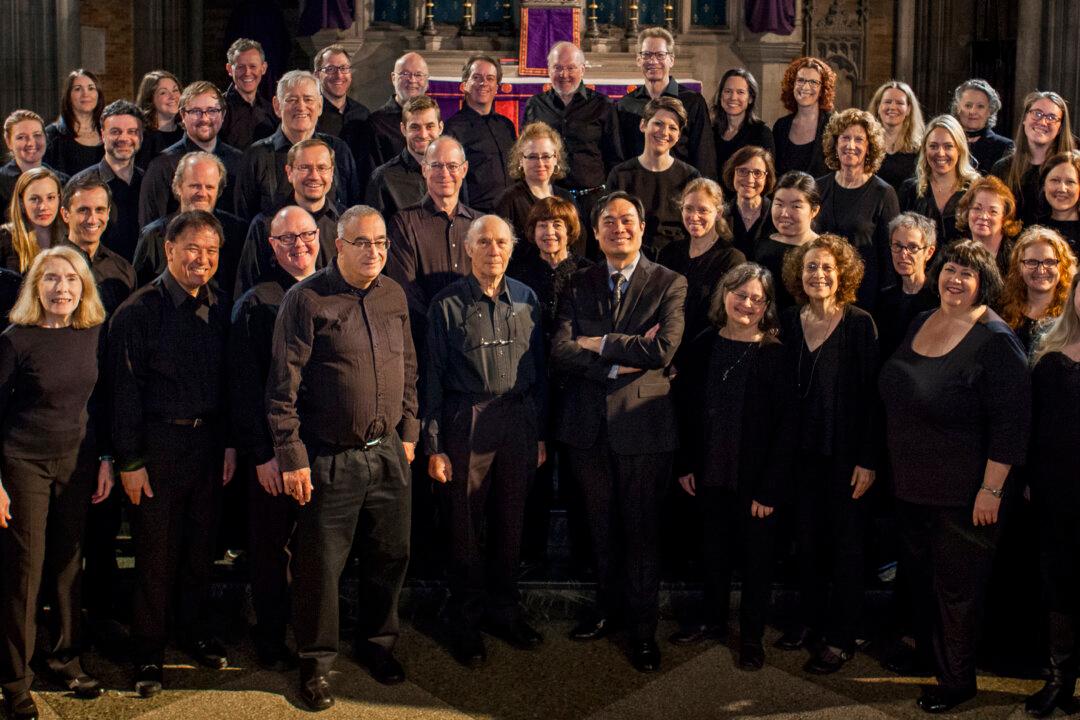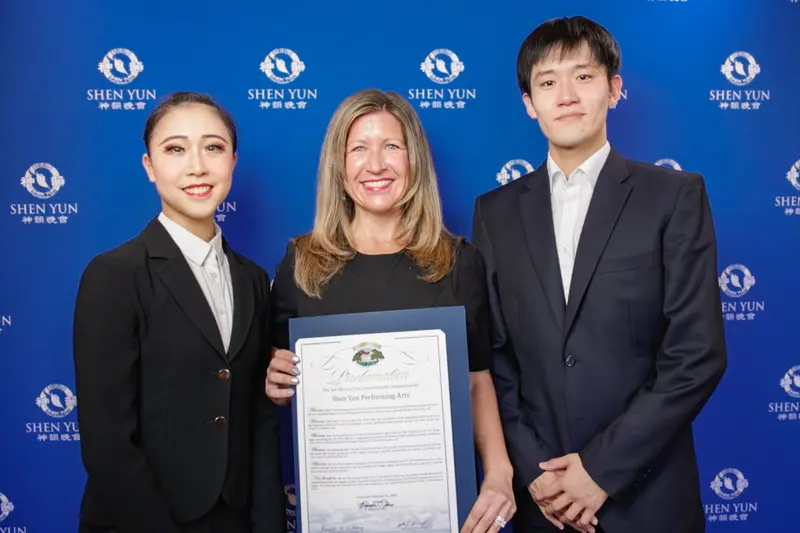When England’s King Henry VIII broke from the Roman Catholic Church in the 16th century, it was as if overnight an entirely new liturgy had to be created. Composers of the time had to write all new works, in a new language and a new style—even as some continued to practice their faith in secret.
“The program is an exploration of musical responses to the change in religion and also the change in political leanings,” said Phillip Cheah, music director of Central City Chorus. On March 9, the chorus will perform “The Tudors,” a program of music written around the time of the English Reformation, at the Saint Ignatius of Antioch Episcopal Church in Manhattan.






